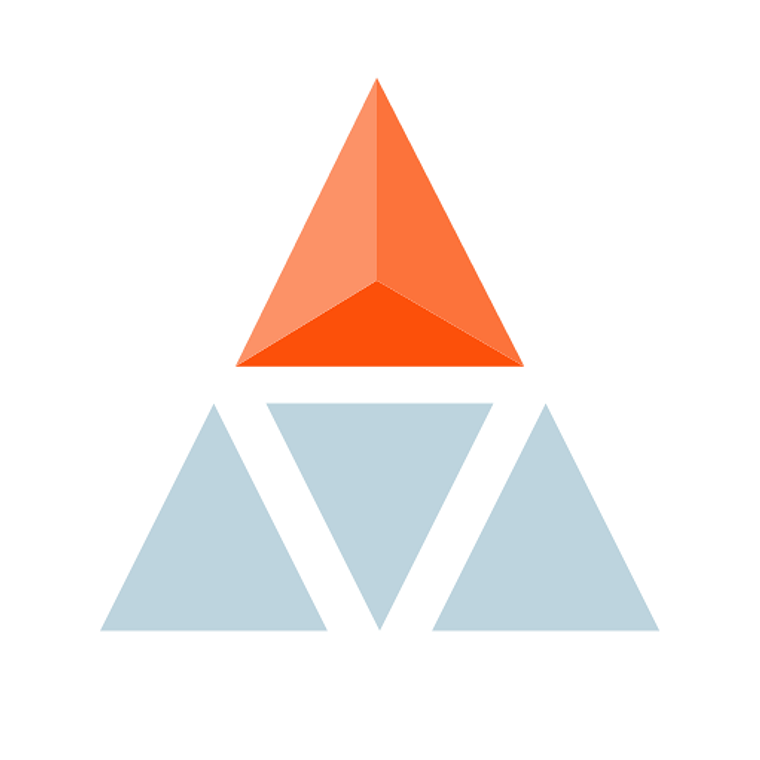Meeting the range of needs presented by a class of children is undoubtedly a challenging task. However, research suggests that there are approaches which teachers can employ to support learning and improve outcomes for all pupils, including those with Special Educational Needs.
The evidence which informed the EEF’s ‘Special Education Needs in Mainstream Schools’ guidance report indicated that there are five particular approaches which can be integrated into day-to-day teaching practice to raise attainment among children with additional needs, as well as their classmates.
Best of all, this ‘Five-a-day’ is already part of most teachers’ practice (or can be relatively easily added), meaning that small tweaks could make a significant positive difference for the pupils we teach:

The five specific approaches — indicated in the graphic above — are particularly well-evidenced as having a positive impact. Harnessing these evidence-informed strategies will positively support all learners, including those with SEND. Teachers should develop a repertoire of these strategies, which they can use daily and flexibly in response to individual needs, using them as the starting point for their classroom teaching.
For SENDCOs, or other school leaders, it may be worth sharing the EEF’s ‘Five-a-day poster’ with staff to ensure there is a shared understanding of these strategies and what they entail.
Picture what this can mean for an Early Career Teacher (ECT) at the beginning of term. They have checked their register and seen that there are students in their class with Specific Learning Difficulties; Speech, Language and Communication Needs; and Moderate Learning Difficulties.
That same new teacher, busy grappling with an array of challenges, will need to explore how best to support pupils with these different special educational needs. They then must apply these strategies to the subject, phase, and curriculum in question, without diluting the quality of education provided to students without SEND.
Additionally, they need to attempt to sustain these complex habits. It can all feel a little overwhelming. For the same ECT, it’s easy to see why this evidence is a welcome shift of perspective.
For example, by using explicit instruction, they will be checking student understanding more frequently and modelling a task before students begin to work independently. These steps provide support for students who may otherwise struggle to grasp new concepts or understand how to begin a task. It is not an add-on, or a shiny new tool, but high quality teaching that is likely to benefit pupils with SEND.
Within SEND, there are some who rightly point out that existing research is not the whole answer to meet this challenge. For instance, they may contend that the term ‘SEND’ covers a huge breadth of needs, with a vital emphasis on knowing the individual child, alongside working with the family and building trusted relationships.
This evidence review doesn’t contest any of those points. It merely points out that studies exist in which the participants in the study are all learners with SEND. In these studies, many of the same practices that work for learners with SEND also work for their classmates without additional needs.
Any evidence that helps to develop teacher practice for pupils with SEND should be taken seriously. Any evidence that may improve outcomes for pupils with SEND should be considered carefully. For all teachers, from early career teachers to their experienced peers, an accessible ‘Five-a-day’ notion when it comes to high quality teaching for pupils with SEND, is likely to prove valuable.

Guidance Reports
